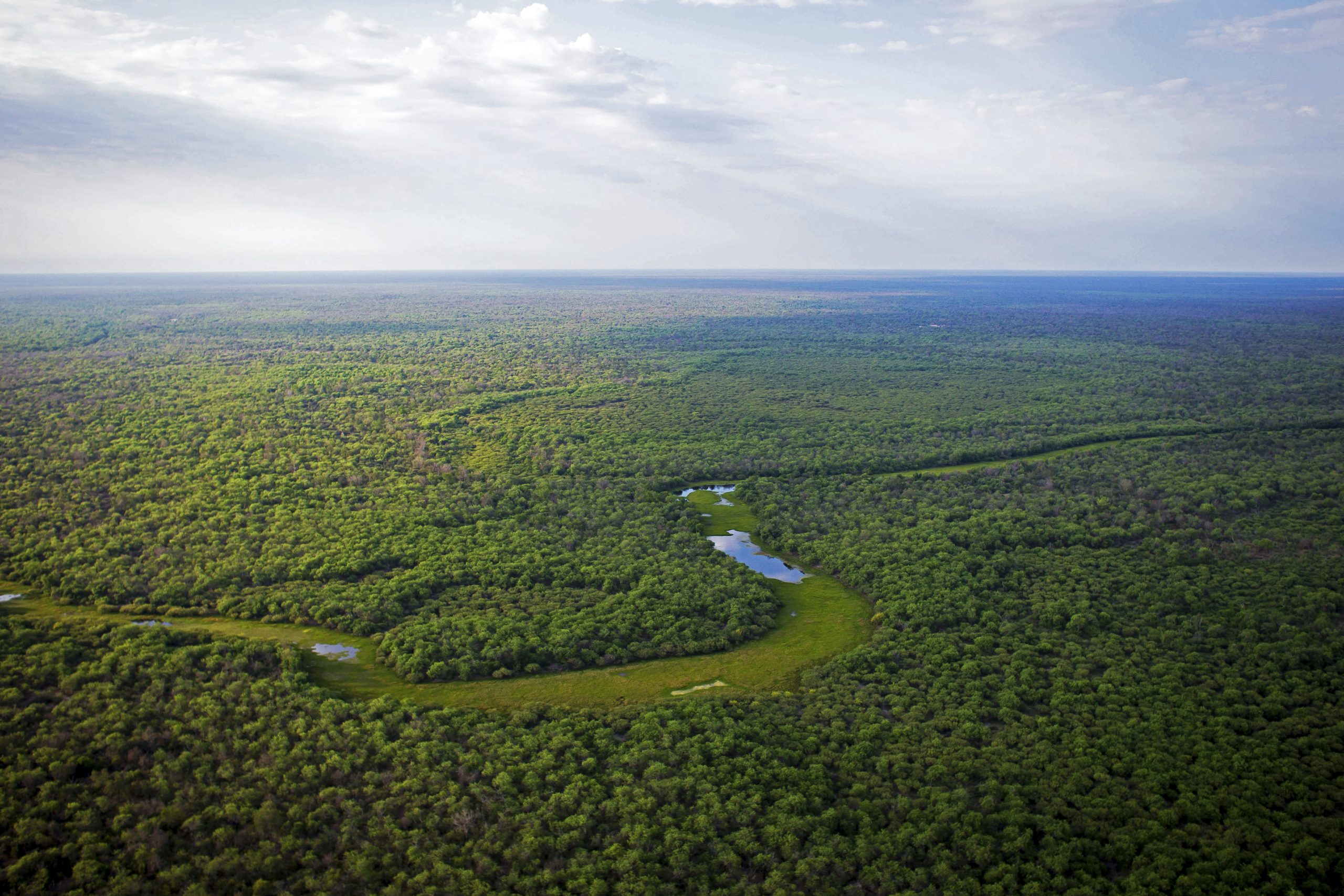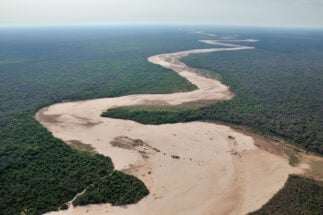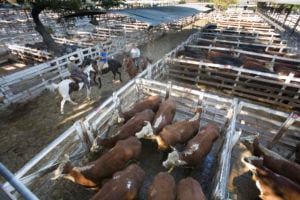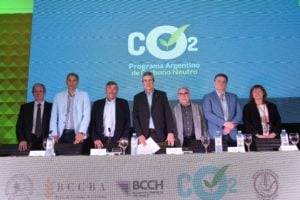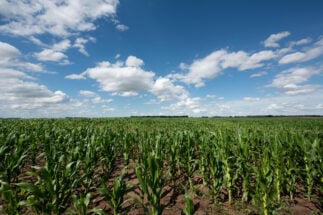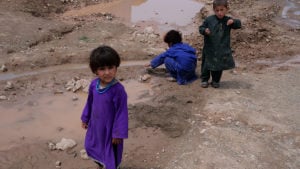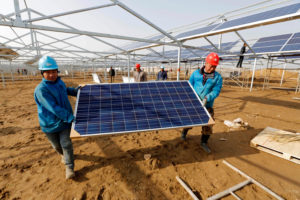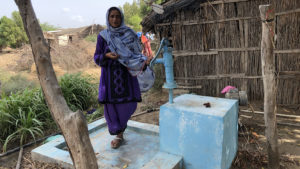International campaigns against deforestation have historically focused on rainforests. Biomes such as the Amazon or tropical Indonesian forests, which supply large quantities of commodities for the global agro-industrial chain, have received constant focus from scientists and the media.
However, this has overshadowed the loss of dry forests for more than three decades. The Gran Chaco and the Brazilian Cerrado, among other vital ecosystems, have been profoundly transformed by soy farming and the expansion of cattle ranching, which generate carbon emissions comparable to those of tropical systems.
This has also impacted the chemical composition of the atmosphere and the increase in global temperature, irrespective of the level of attention it attracts.
Underestimating the Gran Chaco
The Gran Chaco, which straddles Argentina, Paraguay, Bolivia and Brazil, is a case in point. Not only have historical emissions been underestimated, but assessments of how much carbon stored in the dry forest’s remaining biomass also appear to be wrong.
19
times more carbon stored is in the Gran Chaco than previously thought
According to recent studies by Argentinean and German researchers using a combination of field measurements and satellite monitoring, the carbon stored in the ecoregion is 19 times higher than previously thought. This has surprised scientists.
“For the dry Gran Chaco alone, there are about 4.65 gigatonnes of carbon stored in the vegetation. This is a very considerable amount. It is logical to think that not all of it is going to be emitted. But we showed, in terms of the amounts of emissions that are going into the atmosphere, that the Gran Chaco is comparable to places like the Amazon or Indonesia,” says Tobias Kuemmerle, from the Land Use programme at Berlin’s Humboldt University.
The Gran Chaco is the largest and most biodiverse continuous forest system in South America after the Amazon. Its destruction has been particularly brutal in Argentina and Paraguay, where large areas have been cleared for cattle ranching and soy cultivation. Bolivia has protected areas of Chaco within its borders, although it has suffered from forest fires.
In terms of protected areas in Argentina, only a tiny, eponymous National Park exists in Argentina’s El Impenetrable forest, making wider conservation even more urgent.
Integration or disintegration?
In total, 14 million hectares of the Gran Chaco have been deforested since 1985. The integration of these countries into the global commodity cycle, whether for whole grains or those processed into flour or oil, meat or leather, has driven the land use change. There seems to be no limit to the demand.
“The actors involved are mostly companies with such investment capacity that, when they deforest, do a total clearing event and go within two or three years. They follow a path from livestock to agriculture and, sometimes, directly to agriculture,” says Ignacio Gasparri, a researcher at Argentina’s National Council for Scientific and Technical Research (Conicet) at the National University of Tucumán.

“In many places in the Argentinean Chaco, there is a system of land leases. It is not the people who own the land who control the fields, but someone who rents it. There is no motivation to do things right. I’m here for 10 years, I squeeze every drop out of this field and then I go somewhere else. All this contributes to a powerful dynamic,” Kuemmerle adds.
This capital-intensive logic has resulted in a very rapid and sustained advance of the agricultural frontier. In a very short time, places that were meant to store carbon emitted a huge amount into the atmosphere.
Comparisons with Borneo
For many years, the international scientific community hadn’t even noticed what was happening in this part of the world, considering it empty, degraded and inaccessible. Nor was there any money for research. To try to attract attention, researchers began to use the term “extratropical” to refer to dry forests.
However, a 2016 investigation led by Matthias Baumann, also from Humboldt University in Berlin, filled a gap in the literature.
“The carbon released by agriculture in the last 30 years is of the same magnitude as Kalimantan in Southeast Asia, an area (on the island of Borneo) heavily affected by deforestation for oil palm production. Everybody talks about Indonesia, but nobody talks about the Chaco. And our research reveals that the magnitude of the emissions are the same,” says Baumann.
“Emissions are so strong because land use change has been so drastic and widespread. There is more carbon in the Chaco than previously assumed. That means that, if the expansion of the agricultural frontier continues, the damage in terms of carbon emissions is also expected to be larger,” he adds.
Gasparri, a researcher who does ground-level emissions estimations, says: “In terms of the surface area of this region, compared to the Amazon, it is emitting a lot, even though it has less than half the biomass of the Amazon forest per hectare.”
More deforestation, more inequality
Deforestation in the Argentinean portion of the Gran Chaco has slowed in the last decade, although scientists still fail to understand what has really happened.
Emissions are so strong because land use change has been so drastic and widespread. There is more carbon in the Chaco than previously assumed
The enactment of Argentina’s Forest Law in 2007 coincided with a drop in commodity prices. Many areas that remain to be cleared of trees and animals remain far from supporting transport infrastructure, so the cost of transporting produce to distribution centres is not enough to guarantee profitability. There are plots of land that are cleared for real estate speculation and are never put to productive use.
Even so, the rate of deforestation in the ecoregion remains at around 100,000 hectares per year, which – although a quarter of its historical peak – is still very high.
Far from Paris
Carbon emissions are higher in agriculture than in livestock farming. When agriculture is carried out in a cleared field, even the roots are removed, everything is burnt, releasing the accumulated carbon immediately. When livestock is raised, the soil is covered with grasses, which sequester more carbon than soy.
Chaco’s emissions should be relevant in a world that wants to limit the rise in global average temperature to 1.5°C above pre-industrial levels by the end of this century, as set out in the Paris Climate Agreement. “There are more people in the markets where Argentina’s products are consumed who are starting to be interested in this issue,” Baumann warns.
According to Transparency for Sustainable Economies (Trase), an online platform that makes commodity supply chains more visible, the EU and the UK are among the markets most exposed to deforestation in the Gran Chaco, through the purchase of soy flour shipped through the ports of Santa Fe, via its waterway.
Due diligence
The EU and the UK are discussing so-called “due diligence” laws to clean up agro-industrial chains linked to deforestation, in the same way that large electronics manufacturers are required not to source components from areas where labour rights are violated.
The processed soy they buy from Argentina is used to fatten all kinds of factory farmed animals, such as pigs, cows, chickens and salmon. The unique biodiversity of the Chaco is being replaced by a handful of protein-rich products that arrive magically chopped and packaged on supermarket shelves.
“What we feed the pigs and chickens, as well as the meat we import, can be connected to deforestation. When you take the EU as a whole, the indirect deforestation we are causing in South America is very large,” says Kuemmerle.
The tree, the forest
The Gran Chaco houses a variety of hardwood trees. Among them is Quebracho, whose exploitation on an industrial scale has punctuated a large part of Argentina’s history. Besides having a lot of tannin (an organic substance used in leather production) and being beautifully coloured, it has a great capacity to retain carbon. Such trees, which also include Quebracho Blanco and Palo Santo, are not found in any other ecoregion. Ecologists do not know why. It is one of nature’s mysteries.
They are slow-growing species and are subjected to enormous heat. They have the capacity to stand for centuries, providing environmental services for generations. Yet, a bulldozer can knock them down in minutes.
Quebracho provided an essential input for the textile industry that spawned the Industrial Revolution. Now, more than tannin and its wood, which was also over-exploited to manufacture sleepers in railway expansion, as well as posts and wire fences, the best service it can provide is to sequester the excess carbon in the atmosphere that was paradoxically released by the same Industrial Revolution that almost destroyed it.
“It is difficult to compete with the Amazon, which is such an important ecosystem, with many unique species and with great importance in terms of recycling humidity. But, systems like the Cerrado or the Chaco are misleadingly portrayed as empty degraded lands, lands that don’t have much biodiversity. They may not have the biodiversity of the Amazon, but they have a lot,” says Kuemmerle.
This publication is republished from a journalistic project led by Periodistas por el Planeta (PxP) and is reproduced under a Creative Commons License.
